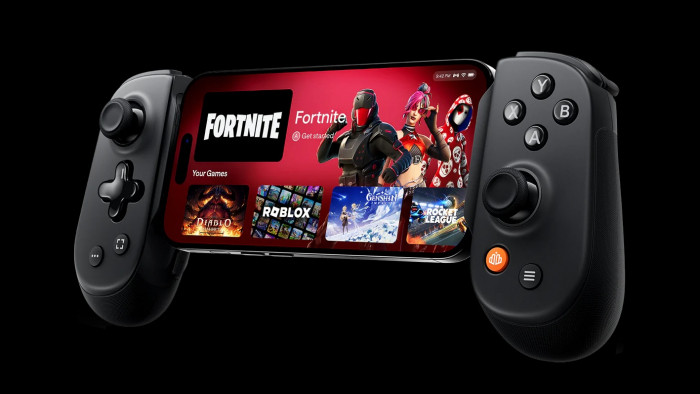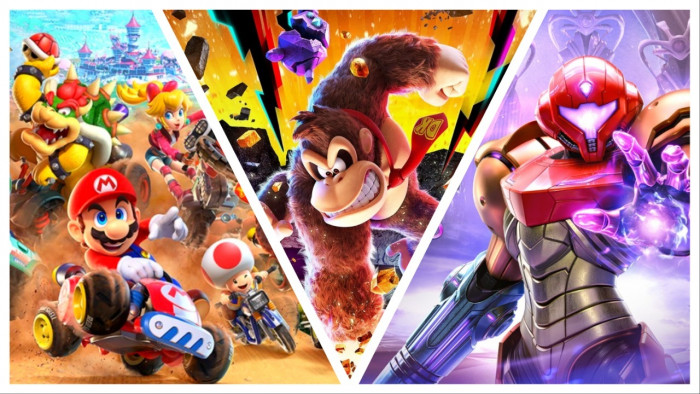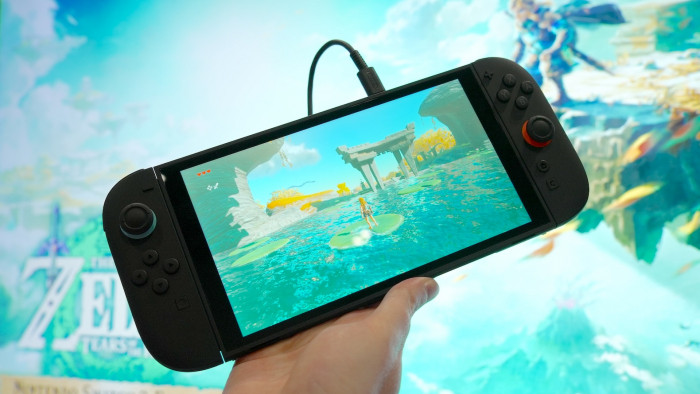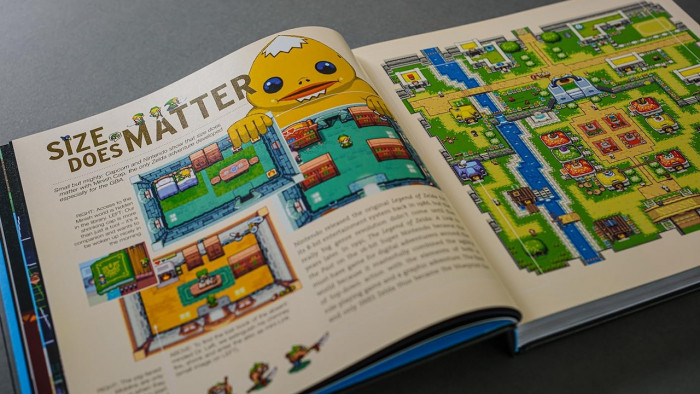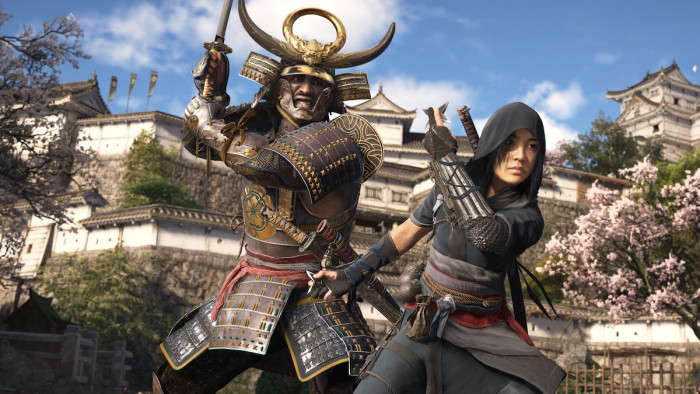One year on, I went in search of the last trainers still hooked on Pokémon Go
Can the app still draw mass crowds one year on, or is it all just Pokemon G(h)o-st towns now?


Cast your minds back. They year is 2016. The time is last summer. Everyone has become obsessed with Pokemon again.
It is exactly one year to the day that the beloved tiny fighting creatures were thrust back into the limelight. It is exactly one year to the day that Pokemon Go was released.
The app had an immediately visible impact. You’d start to notice people, adults, on your morning commute trying to catch Pokemon. You’d see the same faces, in the same clothes as the day before, become more and more dishevelled, angrily mumbling to themselves as they’d fail over and over to catch a Caterpie. Wander around London during your lunch break, and you’d bump into at least 5 people glued to their phone, all chasing the same Snorlax. Nearly every pub and restaurant in the capital became a ‘Pokestop’, a ‘Pokemon Gym’ or a ‘lure spot.’ People would suddenly find large groups of teens congregating outside their house in the middle of the night – furiously yelling something about “Alakazam” like they were a death cult reciting some sort of alarming incantation by the bins in your front garden. The public became so frenzied in their quest to add the rarest Pokemon to their phones that crowds of trainers would regularly bring extremely busy roads to a complete standstill.
Fast forward to now. Those disheveled commuters are back on Facebook, scrolling through their timelines, caring about their ‘real friends’ and not the little pocket monsters that had captivated them so 365 days before. People might still be glued to their phones, but only to look up disastrous world news and transfer rumours. The conversations about sighting a rare Gyarados in Hyde Park, or the mythical Mew hiding in the 123 Carwash in Peckham have stopped.
What happened to Pokemon Go? What happened to its promise of uniting all peoples of all countries in a singular quest to capture ‘em all? I took to the deserted Pokestops of London to find the last remaining Poke-heads.
Like most people, it’s been a while since I played Pokemon Go, so I called up my teenage cousin for some advice. After spending a good 20 minutes calling me “grandpa” and asking if I needed a walking stick, he said that the game had changed a lot since it first came out. “Most people who play tend to go to ‘raids’ –basically big group battles – where you can fight and catch the game’s rarest Pokemon”. I had to hit to these spots to find the true trainers, the embattled Poke-faithful.

My first stop was Westminster Cathedral, where the game told me there would be a raid happening soon for the opportunity to catch Dragonite. I rocked up, phone battery fully charged and I waited outside the cathedral.
10 minutes. 15 minutes. 30 minutes. Nothing.
No sight of anyone remotely trainer-looking, beyond a stream of tourists. None of whom seemed to know what ‘Pokemon Go’ even was (“Is that for PlayStation?” one bewildered tourist asked).
I ventured inside the cathedral, in the hope that I’d find my fellow Poke-warriors inside. Yet, beyond grandiose architecture and an ethereal reminder of my own mortality, there were no players in sight. In fact, there was only a solitary worshipper in the pews – an older man in deep reflection.
I came up to him, and asked, stuttering: “Sir… are you here to fight the Dragonite?”
“Huh?”
“Pokemon. Do you play Pokemon Go?”
“I am here to worship Jesus Christ, our Lord and Saviour”.
I guess not then.

For my second stop, I head to the monument just outside of Piccadilly Circus. According to my phone, this was a raid spot to fight ‘Tyranitar’ – basically the big bossman of Pokemon Go at the moment. Tyranitar’s been hyped up a lot by the Pokemon Go die-hards on Reddit and Twitter, so I expected to finally meet some more players. I sat on the steps, with my phone ready and my fingers stretched and loose.
10 minutes. 40 minutes. An hour.
With my phone now down to 30% battery, I was stuck once again, swarmed by groups of tourists more interested in taking pictures for Instagram or listening to the beatboxing kid who seems to have been continuously spluttering the same DnB track outside Piccadilly Circus for the past five years now.
Where are all the teens? I thought to myself. Not out loud, though. You can’t disappointedly wonder where ‘all the teens are’ out loud these days.

I hit up a couple more gyms with equally limited success. People seem to be increasingly agitated by my line of questioning.
Hanging around the Apollo Theatre, on the hunt for Pokemaniacs, one guy accuses me of trying to read the texts on his phone.
“I’m just looking for Pokemon trainers…” I protest.
“Cunt.” He responds, storming off.



Has everyone just stopped playing Pokemon Go, then? I send out the flare on social media, asking loyal players to get in touch. Brittany, a student, tells me: “I still use the game when I’m out, and it’s great fun when you’re out for a walk or your just bored and don’t want to stare at a screen, but it’s not as exciting as it used to be. Usually, you end up playing it on your own and looking for Pokemon on your own. It’s less of a big collective game these days.”
Despairing, I find salvation in Matt Crook. He’s a digital communications manager by day, and one of the games’ most dedicated players, also by day. He continues to document raids across the city on his Twitter account, some of which boast crowd sizes of 50 and above.
“When it first came out, everyone had it and was talking about it, and you’d definitely see more people around trying to catch Pokemon and battling,” he sighs. “It’s not like that so much now. This is partly due to the way the game has changed. For example, it’s harder for people to keep hold of gyms they hold, and there’s also less Pokemon to catch that people haven’t already caught.”

Though Matt doesn’t think that these changes have necessarily driven the drop in people playing the game, he does think that the way people have played the game has changed significantly since its launch.
“It’s a lot more organised now. Players will co-ordinate where they’ll collectively go on Discord [a platform for gamers], and there’s third-party software that will tell you where good raids are, or where rarer Pokemon will drop. So to get the most out of it, you’d have to use that software, rather than just the game itself.”
According to Matt, the hype around the game has slowly disappeared and there are fewer instances of people getting robbed or intruding on private property because of the game too. “The craziest thing I’ve heard about recently: some people got locked in a park and ended up stumbling into a couple having sex when they were looking for a Pokemon!”

The idea that I spent a day trying, and failing, to take photographs of teens is glorious in a way. And means my camera roll is infinitely less dubious should it get seized for whatever reason. But it’s also still quite sad.
At the height of Pokemon Go’s popularity, technology briefly delivered on its promise to bring us closer together, and not just digitally. The Pokestops and gyms I visited were once places where humanity would gather to share in a collective excitement: that we might all catch ‘em all. Now these places are just… places. Poke-ghost towns.
As WH Auden, famously, once wrote:
The Staryus are not wanted now; put out every one,
Pack up the Gloom and dismantle Lickitung,
Pour away the Squirtle, keep Pikachu in a Pokeball;
For no one now can ever... catch ‘em all.
Latest
Related Reviews and Shortlists


